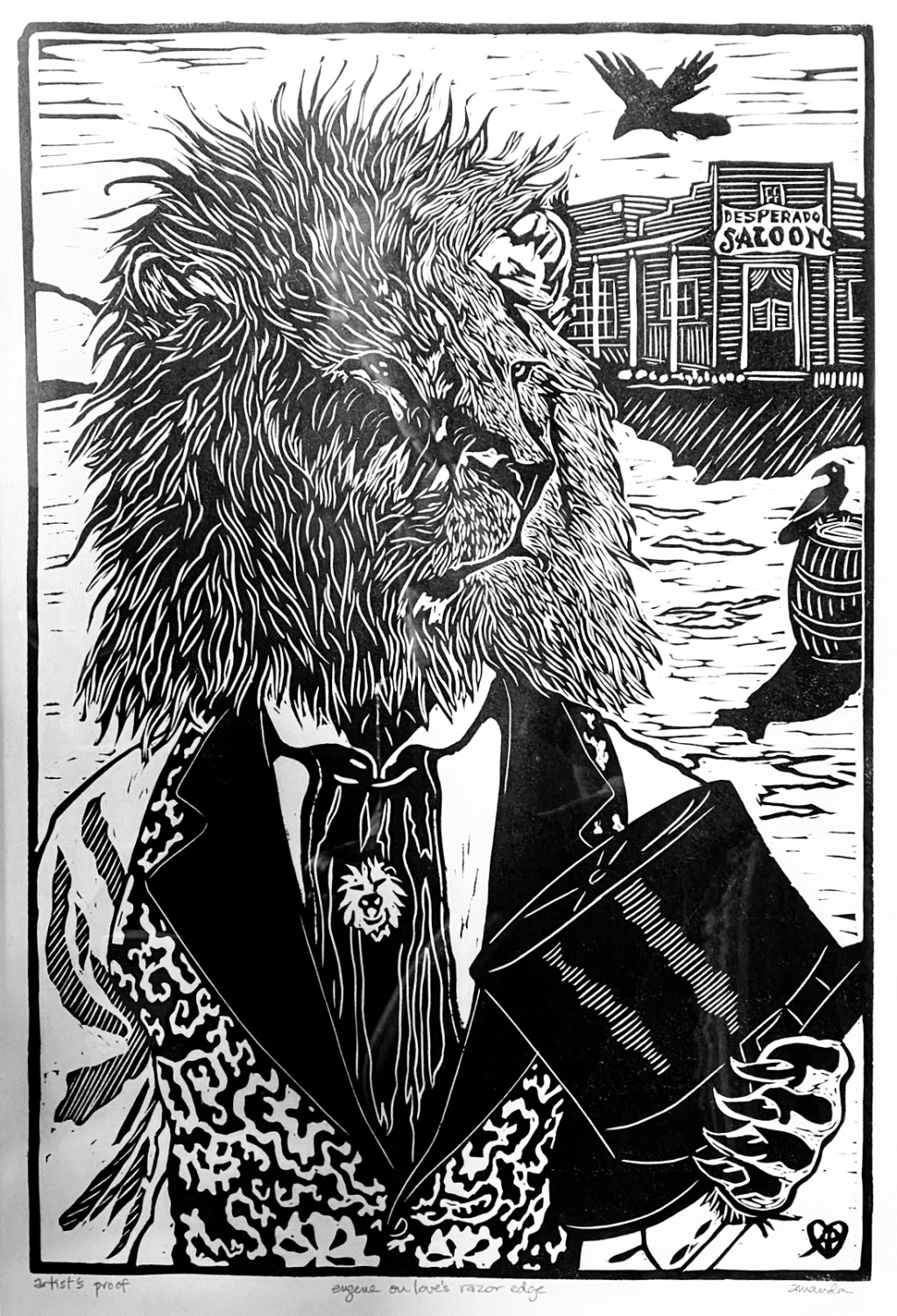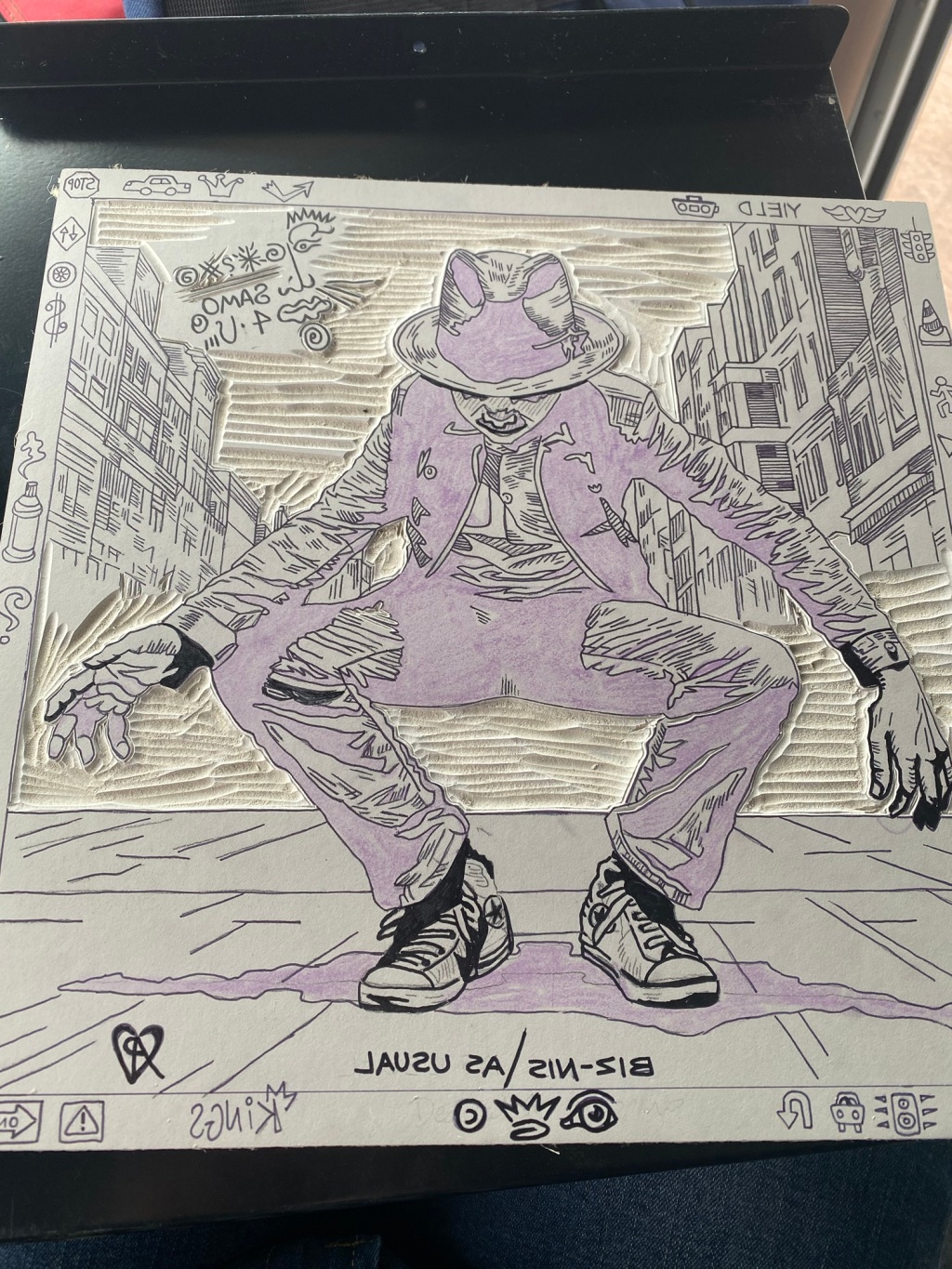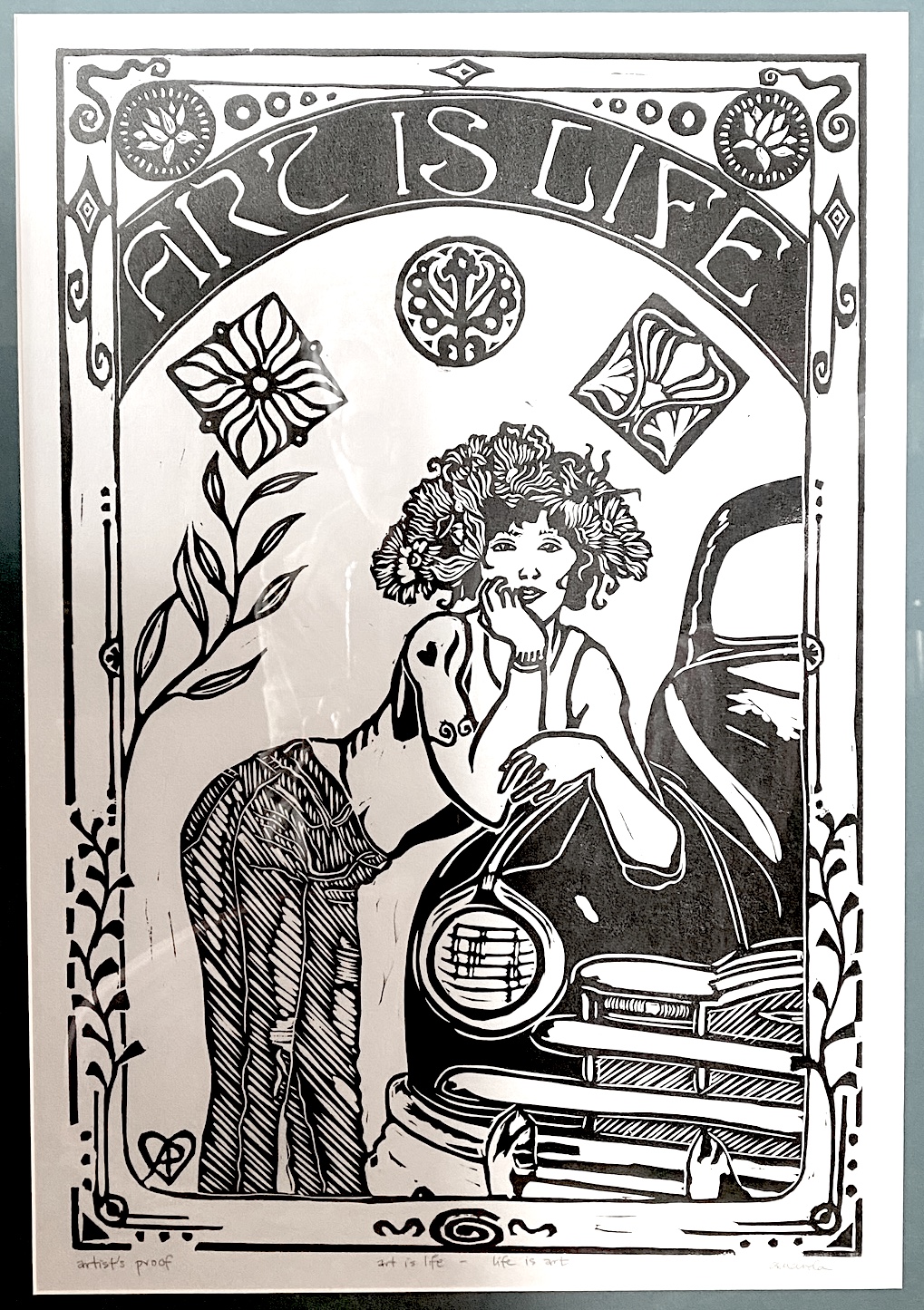Canyonlands National Park in Utah is an amazing destination for people who enjoy solitude, desert environments, hiking, camping, mountain biking, archeology and more. The park is composed of four distinct zones – Island in the Sky, the Maze, the Needles, and the series of rivers that divide these districts – including the Colorado River. It is a huge expanse of land – 527 square miles – and it simply cannot be covered in one day, in one week, or even in one month. Canyonlands gets an average of 440,000 visitors each year, yet many of the people who pass through the park never see what I consider to be one the most fascinating and inspiring places in the entire world. It’s a site called the Great Gallery, located deep in the very remote Horseshoe Canyon, that I had dreamed of seeing for a long time before first taking the opportunity to visit some 20 years ago. This isolated canyon can be found in the Maze District and receives only about 3% of the parks annual visitors. It’s a great place to “get away from it all.” In fact, Wikipedia calls it “one of the most remote and inaccessible areas of the United States”.
Visiting the Great Gallery takes determination and time. It’s not really close to anywhere! Moab, Utah, the nearest town of significant size, is about 3 hours away. After nearly 2 hours of paved road, the final leg of the trip begins on a very rough dirt road dotted with steep dips and potholes the size of a small car! The “graded” dirt road is 30 miles long, and if you take it late in the season (i.e. months after the last time it was graded) you might think it’s not maintained at all. The washboard surface will rattle one’s teeth! It can be navigated in a car – carefully, slowly… but a high clearance vehicle is better. If you’re patient enough, and don’t mind risking a broken axle, you might even drive in pulling your Airstream trailer (more on this later).
Click any image for a larger view & caption… then click on the ‘x’ (upper left) to return to blog, if there is no ‘x’ then click the ‘back’ button on your browser
As I mentioned, the first time I visited Horseshoe Canyon was 20 years ago. We drove in with a large group, camped on the canyon rim, and hiked down to the Great Gallery the next morning. The descent down into the canyon is 780 vertical feet, following along old mineral exploration roads over slick rock and sandy trails, which provide very little shade. The Great Gallery itself is a 3.5 mile hike from the canyon rim, meandering upstream along the wash. The hike is challenging in that most of the way along the canyon floor one is walking in soft sand, which can sap one’s energy after only a few miles. Upon returning down the canyon from the rock art sites you have to then scale up that 780 foot canyon wall! It is certainly a long day but well worth the effort and exhaustion.

During that first visit I finally arrived at the Great Gallery very excited to see rock art I had studied in school years before but, until that time, had only seen photos of… When I arrived at the site I was shocked to discover that, by chance, I happened to know the steward who was on duty down in the remote canyon! The ranger, Craig Root, owned a ski school where I had worked the winter before my visit. Needless to say, after greeting him and discussing at length the gallery of amazing work, we invited him to join us for dinner at the canyon rim later that night. His was a lonely post and I think he enjoyed our company and antics that evening.

In the autumn of 2014 we visited this ancient site again. We arrived at the canyon rim before sunset, prepared our gear for the hike, had some dinner and tried to get some rest before our long next day. We felt a tad lonely as we sat in the deep silence with just a few birds (one of which was the relatively rare Loggerhead Shrike) and a couple of parked vehicles, one of which, to our great surprise, was a relatively new medium-sized Airstream trailer! It belonged to the volunteer currently stationed at the Great Gallery, and it was his last day there – the busiest part of the season had drawn to a close. We spoke to him for a short time when he came back out of the canyon that evening. He said when he had driven in a few weeks earlier he had tried various methods to minimize the teeth rattling, including driving really fast over the washboard parts of the road … but that hadn’t worked! So he finally slowed his pace and took his time. I would have loved to have seen him hauling his rig along the 30 miles of challenging road back out to the paved road the next day but we had already begun hiking toward the Great Gallery when he left.

This two minute video shows part of the trail down the canyon wall. The clip begins about 30-40 minutes after we began our hike at the canyon rim. It shows the gate that prevents livestock (and motorized vehicles) from wandering into the canyon, and the first full view down into the wash. The trail we followed toward the rock art is shown heading down the wash to the right. The trail you see across the canyon floor leads down from the other side and another part of the Maze District.
Autumn color had begun appearing in the cottonwoods and other deciduous trees in the canyon, and the hike into the wash was dry and relatively easy going (at least on the way in… it would feel far more difficult to our tired bodies on the way back to our campsite that evening). Stopping frequently to explore and take photos, we saw a few handfuls of people later in the morning as they caught up with us on the trail.
Though the Great Gallery, which is about 300 feet long and consists of an estimated 80 figures, is really the visual “plum” of this trip, there are other smaller groups of petroglyphs and pictographs along the way that are well worth experiencing and photographing.
The petroglyphs and pictographs in Horseshoe Canyon are done mostly in the Barrier Canyon Style, dating from approximately 2,000 BC to 800 AD, during what is called the Archaic Period. (These dates I include merely to suggest how very long this has been a significant place to humans… the timespan is theoretical and this site could be significantly older, or younger.) There is newer artwork done by other groups who passed through as recently as 1300 AD. Some artifacts found in the area, however, date as far back as 9,000-7,000 BC! The canyon was basically abandoned by Indians by 1300. These amazing petroglyphs and pictographs have been well preserved and protected by the sheer remote inaccessibility of the canyon… and more recently by the National Park Service. Volunteers are stationed in the canyon during the busy season from spring through autumn. They hike down the wash each day, answer questions, direct visitors to leaflets with information stored in boxes (along with binoculars to enable viewers to get a close-up view without having to closely approach the panels).
This site captivated me so when I studied it in college because of mysterious appearance and sheer size of many of the figures. The paintings indicate to many who have studied them that these people were not only trying to convey a message, but also probably simply enjoyed the medium of painting. The images are often human-sized or larger, often armless, with interesting and varied designs comprising the body of the figure. There are much smaller, more recent additions done by Fremont and Ancestral Puebloan people that are lyrical, life-like and beautiful. I was deeply interested in symbols and American Indian art and this site represented an exciting adventure that only served to enhance the general intrigue.
Theories about the meaning of the figures and the reasons these early people would take the time to create so many panels in the Barrier Canyon Style abound. Were they recording some important event in their history? Creating visual prayers to ensure the survival of their people? We’ll never know for sure… I am less interested in theorizing on a meaning I can never fully verify than I am in merely standing in awe of their legacy, embracing the very mysteries, and sharing the images and impressions with friends. It is important for me to know that these places exist, and that others have made it their life work to help preserve them.
After a long, tiring, and exciting day exploring Horseshoe Canyon we joked that every sound outside our van that evening was the Archaic People coming for a visit. The stars were awe-inspiring and any other human habitation seemed so far away. A few people pulled in to the parking area after dark and camped in preparation for their canyon experience the next day. We vowed to return to this magical place while our bodies would still carry us. Here are links to some more interesting reading about the archeology of Horseshoe Canyon… and another informative article about the Barrier Canyon Style.



















Leave a comment